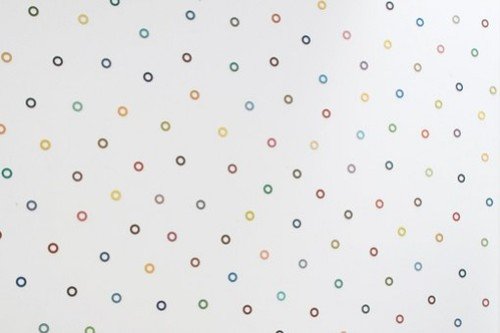Thomas Schutte
dal 31/1/2008 al 1/4/2008
Segnalato da
31/1/2008
Thomas Schutte
Kunstmuseum Liechtenstein, Vaduz
The exhibition focuses on his lesser-known early work. Schutte's research is characterised by a number of features, including self-depiction, clear rules and regulations, order patterns and permutations, and by a conceptual approach regarding the spatial context in which the work is presented, the contest between illusion and function, the disparity between inside and outside, and the interest in the mise-en-scene.

Thomas Schütte is looked upon as one of the most important German artists of his generation. The exhibition at the Kunstmuseum Liechtenstein focuses on his lesser-known early work.
Thomas Schütte, who was born in Oldenburg in 1954 and studied at the Dusseldorf Art Academy from 1973 to 1981, is looked upon as one of the most important German artists of his generation. The exhibition at the Kunstmuseum Liechtenstein and the accompanying catalogue focus on his lesser-known early work. The artist himself has designated the space of time from 1975 to 1980 as a particular research period in his career during which, as a student in Gerhard Richter's painting class, he gradually found his way to sculpture. “As the student of a painter who could do everything, you couldn't' just paint anymore.”
Schütte's research is characterised by a number of features, including self-depiction, clear rules and regulations, order patterns and permutations, and by a conceptual approach regarding the spatial context in which the work is presented, the contest between illusion and function, the disparity between inside and outside, and the interest in the mise-en-scène. Thomas Schütte's “decorative” approach constitutes the conclusion, so to speak, and also the essence of the works of that period.
While working on the concept and implementation of his early works, Schütte was preoccupied with aspects of form and impact. His interest in rules – and later in explicit regulations – is evident in his description of the intended effect of his works; he noted that viewing them should “refresh”, “appease”, encourage”, etc.
Schütte also paid special attention to the development of his work; at the time, he regarded each individual project as a response to a specific problem, which involved both positive and negative parameters.
As early as spring 1980, while still a student, he wrote that his works should be understood as “decoration”, “renovation” or “representation”. He even put them into such categories as “furniture” and “exhibition”, or “product warehouse”. Schütte also examined the highpoint of that particular phase in his work in terms of “forgery”, “uselessness” or “squandering”.
The exhibition was conceived for the Henry Moore Institute by Penelope Curtis. In Liechtenstein coordinated by Christiane Meyer-Stoll in cooperation with Thomas Schütte.
Kunstmuseum Liechtenstein
Staedtle 32 - Vaduz



